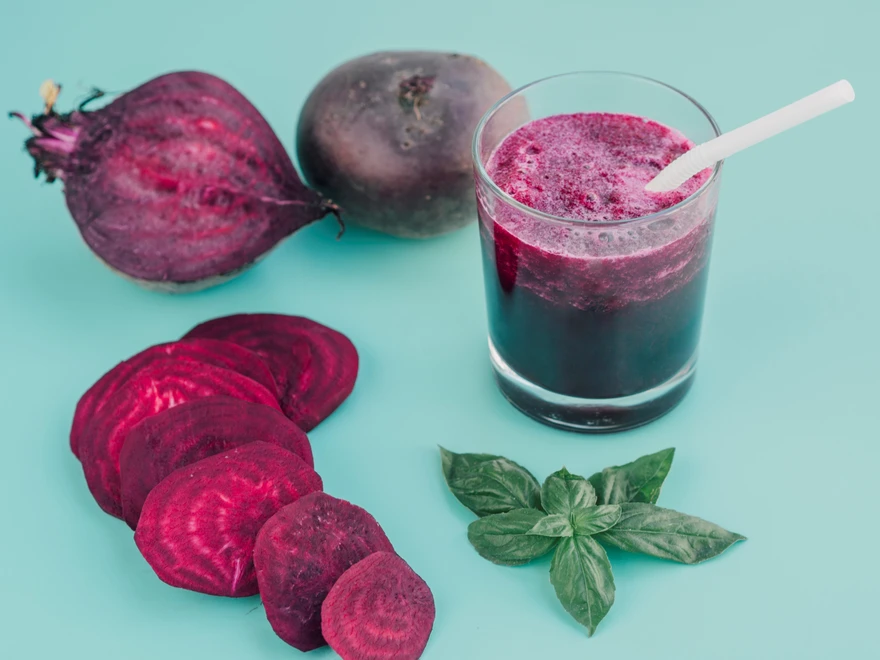Preventive Healthcare
Strep Throat: Symptoms, Complications, Diagnosis & Self-Care Tips
3551 Views
0

Strep throat is a throat and tonsil infection caused by the bacteria group Streptococcus A, also known as Streptococcus pyogenes. Since this bacteria is found in the nose and throat, you can contract the infection from someone who has strep A or is a carrier of it.
Strep throat, like other infections, spreads through direct contact. When infected people cough or sneeze, droplets of bacteria are released into the air. You can become infected if you touch something on which a person with strep has coughed or sneezed and then touch your eyes, mouth, or nose with the infected hand. You can also become ill if you share a glass or other personal item with someone who has strep throat. Strep throat is most common among children and teenagers. But adults are not immune to it either.
Symptoms of Strep Throat
A sore throat can be caused by a variety of factors. The bacteria that causes strep throat is the primary cause, particularly in children and young adults. Viruses that lead to strep throat symptoms include COVID-19, Croup, Flu, Chickenpox, and Measles.
Other factors that cause strep throat symptoms include allergies, dry air, GERD (gastroesophageal reflux disease), HIV, and irritants such as smoking or eating spicy foods.
When you have strep, your throat is usually raw and hurts to swallow. If you have strep throat, your throat will go sore quicker rather than gradually like in other types of sore throat infections.
Complications of Strep Throat
Strep complications are becoming increasingly rare owing to improved diagnosis and treatment. However, strep that is untreated can result in complex conditions such as:
- The infection extends toward the tonsils, nasal passages, middle ear, and mastoid bone (mastoiditis).
- An abscess behind the throat or around the tonsils.
- An accumulation of pus, known as peritonsillar abscess, can be excruciatingly painful.
- An inflammatory response of the body in the form of scarlet fever is often characterized by a red rash that can range from small tiny pin pricks to severe redness on the body.
- Rheumatic fever can harm the heart, brain, and joints.
- Joint inflammation causes poststreptococcal reactive arthritis.
- PANDAS, which stands for Paediatric Autoimmune Neuropsychiatric Disorders Associated with Streptococcal Infections, involves developing obsessive-compulsive disorder (OCD) tics and habits after an infection or having OCD symptoms become worse after a strep infection.
- Guttate psoriasis is a condition that causes teardrop scales to form on the skin's surface. These can be itchy and red or silver in colour.
Diagnosis of Strep Throat
It is usually self-diagnosed in adults, but in complex cases or cases of children, a test is the only sure way to distinguish strep from viruses that cause a sore throat. There are two varieties of tests:
- Rapid Strep Test: The doctor will use a tongue depressor to gently hold the tongue down. They will then take a sample from the back of the throat with a cotton swab.
- Throat culture: The physician will swab the throat and tonsils and send them to the lab. Streptococci bacteria will grow in the throat if you have the infection. A throat culture usually yields results in about two days. It can determine whether or not you or your child has strep throat.
Strep Throat: Self-Care Tips
A sore throat can sometimes be the first sign of a cold. Other times, it may be one of the primary symptoms you experience, such as when you feel like you are swallowing a scrubbing pad. In most cases, you can treat a throat infection at home. Slowing down, taking care of yourself, and soothing your throat are all effective in strep throat treatment:
- Use salt water to gargle.
- Take throat lozenges according to the manufacturer's instructions. To keep sugar and calories to a minimum, try sugar-free varieties.
- Use analgesic throat sprays per the manufacturer's instructions.
- Warm liquids can be soothing. Concoctions such as herbal teas should be consumed.
- Consume soup.
- Cold foods can also be soothing. Consume popsicles. Consume cold desserts such as gelatin, pudding, or ice cream.
If your sore throat persists, keep an eye out for the following strep throat symptoms:
- Tonsillitis with white pus-like patches
- Neck lymph nodes that are swollen
- Fever
- Wore throat, but no cough
Medications are available to relieve strep throat symptoms and prevent complications and spread. Strep throat treatment involves the use of:
- Antibiotics
If you or your child is diagnosed with strep throat, the doctor will almost certainly prescribe an oral antibiotic. Antibiotics, when taken within 48 hours of the onset of the illness, reduce the duration and severity of strep throat symptoms, the risk of complications, and the spread of infection to others. You should feel better within a day or two of starting strep throat treatment.
Children who are taking an antibiotic and feel well and do not have a fever can usually return to school or child care once they are no longer contagious — usually after a few days.
- Medicines For Symptomatic Relief
Try over-the-counter pain relievers like ibuprofen (Advil, Motrin IB, and others) or acetaminophen to relieve throat pain and fever (Tylenol, others). When giving aspirin to children or teenagers, proceed with caution. Even though aspirin is approved for use in children over three years of age, those young ones suffering from chickenpox or flu-like symptoms should never take it. This is because aspirin has been linked to Reye's syndrome, a rare but potentially fatal condition in such children.
However, strep throat is not fatal and can be prevented easily, regardless of the cause. Anyone can avoid throat infections by taking the following precautions:
- Avoid contact with infected people since they are highly contagious: the infections are passed from person to person.
- Wash your hands frequently. Hand washing with soap or an alcohol-based solution before meals can help prevent the spread of germs and also contribute to overall hygiene.
- Avoid touching your face in between hand-washing.
- Handle the contaminated tissues with caution.
Follow basic hygiene, and you are good to go!























 WhatsApp
WhatsApp
